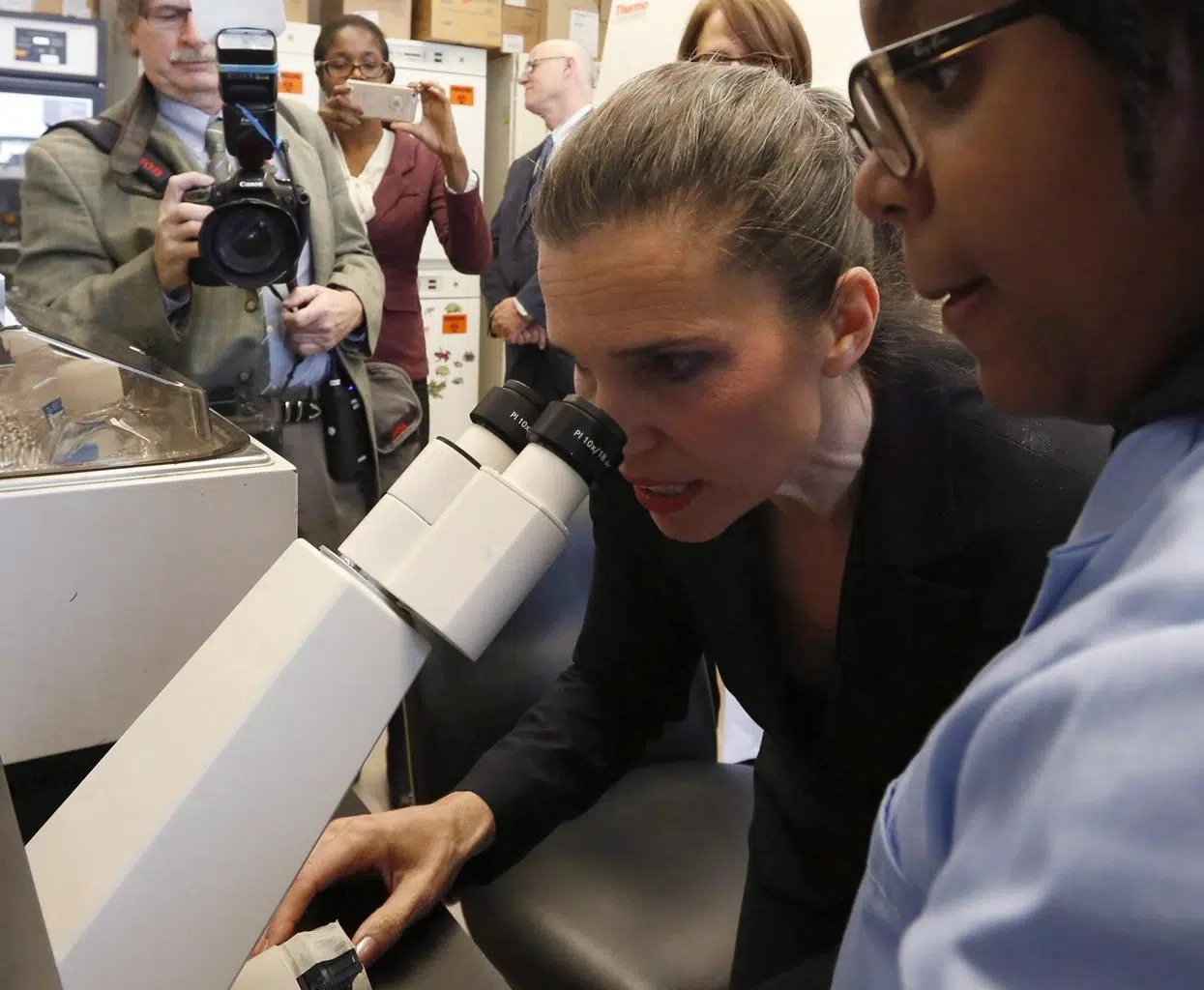
Immigrant women’s STEM skills untapped
IF IT MAKES SENSE for girls to enter programs in science, technology, engineering and math (STEM), then it makes even more sense to employ immigrant women who already have these skills.
Girls should to be encouraged to enter STEM fields. Thompson Rivers University in Kamloops is holding a camp for girls at Harper Mountain this summer. The program will provide positive female role models and build confidence in STEM studies.
It’s not just a question of gender equity but one of necessity. Canada faces a skills shortage. Jobs are waiting to be filled. TechGirls Canada founder Saadia Muzaffar says:
“The top item on the innovation minister’s national agenda is ‘the need to secure the right people—including women, immigrants, and training for the next generation—who can help us close the gap between the number of jobs posted and the number of workers available to fill them (CCPA Monitor, Nov/Dec, 2017).’”


